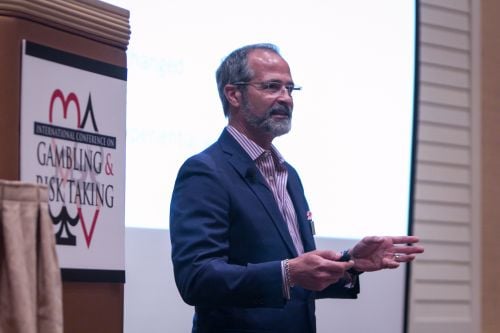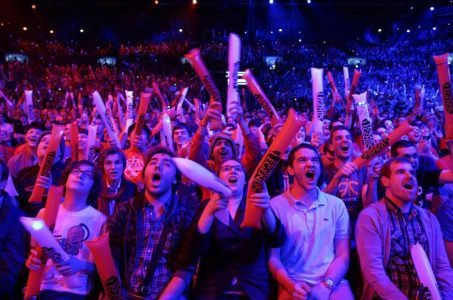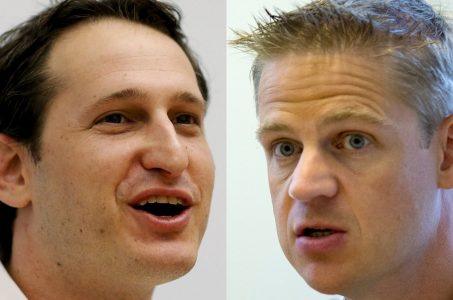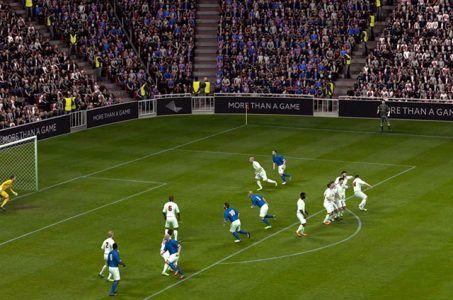UNLV eSports Course Highlights Changing Nature of Casino Industry
Posted on: August 17, 2016, 05:00h.
Last updated on: August 17, 2016, 04:10h.

The UNLV eSports course recently announced by the university’s International Gaming Institute (IGI) is attracting plenty of attention not only from perspective students but also the casino industry as a whole.
Earlier this month, the IGI said the innovative new curriculum will challenge students to explore the many facets of eSports and learn and develop ways to grow the budding market.
Favored by the millennial generation, eSports is a form of multiplayer video game competitions that has quickly attracted a large following both domestically and abroad.
The “League of Legends,” “Dota,” and “Counter-Strike: Global Offensive” are just three of the many games being transformed into arena-sized tournaments with thousands of players and millions more watching.
“eSports is the hottest topic in every board room on the Strip, particularly with respect to Millennials,” UNLV eSports Lab Director Robert Rippee said in a statement. “What better place to begin the journey to understand its relevance and application to the casino and hospitality industry than right here at UNLV?”
Poker players unfamiliar with eSports can relate the concept to the Global Poker League (GPL). Fueled by entrepreneur Alexandre Dreyfus, the GPL is an audience-centric poker league that plays out in front of live fans at venues around the world.
Big Business, Big Opportunity
The millennial demographic remains apathetic to many traditional casino offerings. Conventional slots have little to offer those who’ve grown up with machines in front of their faces featuring the latest and greatest technology.
According to SuperData, a New York-based video game market researcher, eSports revenue will total nearly $900 million in 2016. By the end of 2018, the firm predicts returns will eclipse $1.1 billion.
Casinos want a piece of the action. But they first need to adapt plans to effectively target the audience.
Part of the IGI course will explore ways to do just that.
“They (students) will also be expected to apply new and relevant technologies within the specialty as well as develop intellectual property and other innovations related to the overall gaming experience,” the IGI stated. Students will also “produce presentations and business plans relevant to the casino industry.”
The all-mighty millennial is the target of nearly every industry today. And as gaming revenue continues to take a back seat to non-gaming activities in Las Vegas, casinos are scrambling to understand what attracts the typical millennial.
Steve Wynn stated this summer that the generation at times baffles the seasoned resort veteran. Regarding the demographic’s love of nightclubs, Wynn said, “Either we have attracted every moron in the world, or there’s something about the sound that allows normal people to check their human sensibilities at the door.”
Perfect Setting
The UNLV eSports course is the first of its kind in the country. The gaming epicenter of America, Las Vegas is the seemingly perfect spot for the innovative coursework.
Located in the city with more hotel rooms than any other in the world, UNLV is understandably known for its hospitality and hotel majors.
While a university offering a course on video game tournaments might raise some eyebrows, the reality is the format is expected to only grow in importance. The eSports program highlights UNLV’s commitment to best preparing its students for the real world.
And considering other uncommon courses offered at other colleges, learning about eSports certainly seems to come with merit.
The University of Pennsylvania offers a “Wasting Time on the Internet” course, and at the University of Southern California, parents will be happy to know one writing program challenges students to analyze their “selfies.”
Related News Articles
The Football Pools Sold for Nearly $130 Million to Sportingbet Founder
Most Popular
Mirage Las Vegas Demolition to Start Next Week, Atrium a Goner
Where All the Mirage Relics Will Go
Most Commented
-
Bally’s Facing Five Months of Daily Demolition for Chicago Casino
— June 18, 2024 — 12 Comments
















No comments yet